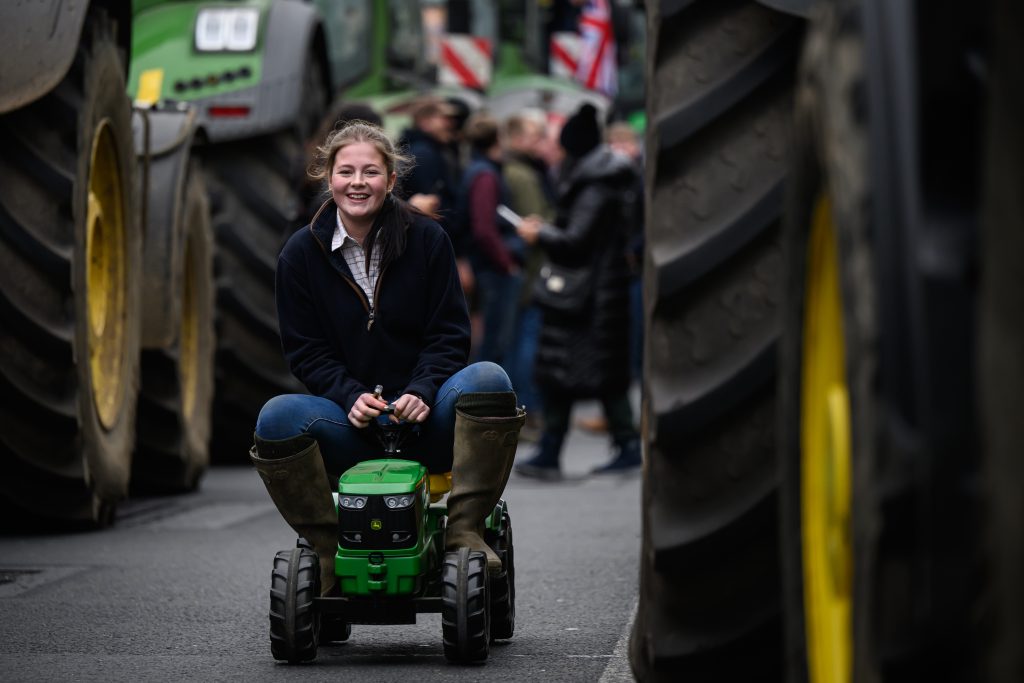Win CENS ProFlex DX5 earplugs worth £1,149 – enter here
Webley & Scott Lichfield shotgun review
This Webley & Scott Lichfield 12-bore over-under game gun has 29½in barrels, a detachable trigger lock (incorporating a single-selective trigger), and a half-pistol stock.
Although it bears the Webley & Scott name, the gun is of Italian origin and is made in the Zoli factory in Brescia.
First impressions of the Lichfield are quite good. The lines are clean. The silver-polished action is tastefully engraved with fine rose and scroll in the Purdey style. This has been done mechanically but is well executed.
The form of the action is pleasing to the eye, too, and the shaping around the fences is well done. The quality of finish is, generally, good. I was not especially fond of the top-lever’s thumb piece.
It looked of poorer quality than the rest of the gun, and there was a slight gap between the front of the detachable trigger-lock’s trigger plate and the rear of the recess cut in the bottom of the action body to accommodate it.
The barrels and woodwork are presented well. The former are of monobloc manufacture with good joints between monobloc and tubes.
The barrels are deeply blued and fitted with a 7mm to 5mm tapered and ventilated rib and full-length, solid, joining ribs. The sighting rib is well laid and has a neatly machined top surface.
There is a traditional brass bead at the muzzles, not to mention multi-chokes of relatively short, concealed pattern. The bores are 18.5mm in internal diameter and have longer than average forcing cones – both positives. The tubes themselves are straight and well presented internally and externally.
The chambers are 3in (76mm) and the gun has been magnum proofed in Italy.
The stock has reasonable figure in its wood. The open radius grip suits the gun and allows it to be held comfortably in a high ready position unlike a tight, full-pistol design.
The comb is slimmer than many and has significant taper as a game-gun should. It comes up a little low, partly as result of its drop dimensions (see below) and partly because it is quite thin and offers less facial support.
The fore-end is best described as a slimmed beaver-tail and would be a near-perfect design if the sides were a little more swollen. Chequering is very good. The oil finish is competent. There is a wooden butt plate fitted with torx screws.
Traditional slotted screws would be my preference. On the handling front, the Lichfield tips the scales at a respectable 7lb 4oz.
It disappoints slightly (and unnecessarily) because the balance point is more than 1½in in front of the hinge-pin. It feels both barrel heavy and stock light as a result. This could be remedied by adding an ounce or two of lead in the butt. As it is, the impression the gun gives is of having insufficient weight between the hands and a bit too much forward.
The stock dimensions are not bad, previous comments notwithstanding.
The length of pull is 14.5/8in with an extra 1/8in to heel and 3/8in to toe. This would suit Mr Average well, provided he was wearing his winter gear. There is 14¼in of solid wood, so a 1in pad or synthetic ‘ebonite’ extension piece would bring the length to 15¼in and make the gun suitable for 90% of the male population in respect of length.
The drop measurements are 1.7/16in at the nose of the comb and 2¼in at heel. My preference would have been for 1.3/8in and 2.1/8in as standard dimensions.
TECHNICAL
The engineering of the Lichfield’s action is competent. It has clearly been inspired by the Perazzi MX8 style of detachable trigger-lock gun and its more recent clones.
It does not have the Boss-style draws and wedges often seen on more expensive drop-lock guns. The design has been simplified in that respect but it does have bifurcated lumps, a trunnion hinging system and Boss-style primary bolting.
There is a single, central, flat cocking bar as in a Perazzi. Coil springs are used to power the tumblers (hammers).
These usually necessitate a compromise with regard to sear angles, but the trigger pulls are good. I also like the shape of the trigger which, although quite large, is well figured.
The thumb-piece of the top lever is a bit small, and the lever itself is not especially well finished – which lets down an otherwise quite well-presented action.
My main criticism, however, has nothing to do with aesthetics but with ease of removing and replacing the trigger lock. This requires the use of an Allen key with a T-bar handle.
The tool itself is well enough conceived and comfortable to use, but the actual business of getting the lock in and out is fiddly. I much prefer the Perazzi system where one merely pushes the safety-catch forward beyond its normal position, or, indeed, the Kemen arrangement with a sliding bar.
SHOOTING IMPRESSIONS
I tried the gun at the Fennes Shooting School in Essex, and, frankly, it shot considerably better than expected.
The trigger pulls were good. Recoil was not excessive. It was a pity that the stock was a bit short for me and the balance had not been better sorted.
I would have rectified it then and there had I the special key to fit the butt plate (my usual method is to cut off the top, lead-bearing section of a cartridge, wrap it in tape and insert it cushioned with bubble wrap or similar in the hollow of the butt).
The gun shot well in spite of the issues mentioned, though.
The barrel selector on the automatic safety is one of the best that I have ever encountered. The selector is of just the right size and easy and positive to operate.
The bottom line? This gun has significant potential, but it has not quite been realised yet.
Price:
£1,990
Contact: 01902 722144
www.webley.co.uk
Related Articles
Get the latest news delivered direct to your door
Subscribe to Shooting Times & Country
Discover the ultimate companion for field sports enthusiasts with Shooting Times & Country Magazine, the UK’s leading weekly publication that has been at the forefront of shooting culture since 1882. Subscribers gain access to expert tips, comprehensive gear reviews, seasonal advice and a vibrant community of like-minded shooters.
Save on shop price when you subscribe with weekly issues featuring in-depth articles on gundog training, exclusive member offers and access to the digital back issue library. A Shooting Times & Country subscription is more than a magazine, don’t just read about the countryside; immerse yourself in its most authoritative and engaging publication.







